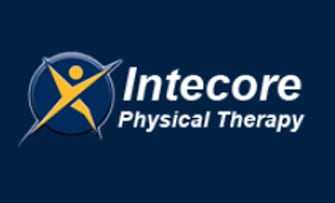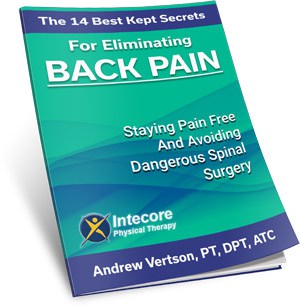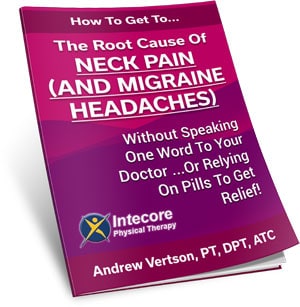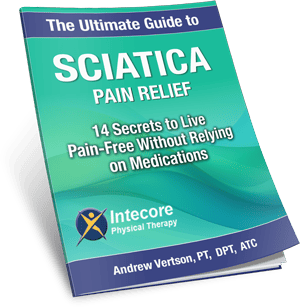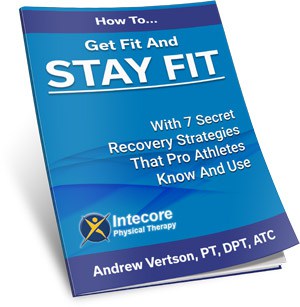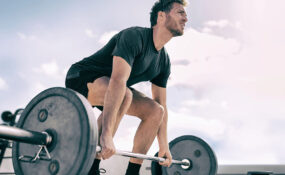About 25 percent of people in the United States say they’ve experienced low back pain sometime within the last three months.

For some people, low back pain is temporary, but for others, it becomes a lifelong struggle that can be debilitating. If you suffer from chronic low back pain, targeted physical therapy could be your key to relief. In fact, research shows that physical therapy is often a safe and effective alternative for the management of chronic low back pain compared to prescription opioids, which offer only temporary and moderate relief and carry risks associated with long-term use.
Acute vs. Chronic Low Back Pain
Not all back pain is chronic. If you experience pain in your low back that lasts less than three months, it’s generally considered acute rather than chronic. If your pain is intermittent, such as an episode of pain lasting one or two months, subsiding, and then returning after a reprieve, it’s considered recurrent. Chronic low back pain is defined as pain in the lower back that persists for longer than three months.
Acute, recurrent, and chronic low back pain may all be managed with prescription opioids, but many patients hesitate to take these medications due to the risk of addiction. If you want to avoid prescription opioid use, have a history of addiction, or experience breakthrough pain that’s not easily managed with your medication, physical therapy is one of the most effective ways to manage chronic low back pain.
Physical Therapy May Help You Avoid Surgery
Low back pain may be caused by a number of underlying conditions ranging from a muscle strain to disc herniation or degenerative disc disease. Chronic low back pain tends to be associated with more serious underlying conditions, many of which worsen over time without treatment.
Most people prefer to avoid invasive back surgery if possible, and physical therapy is one way to delay surgical intervention. If it’s safe for you to do so, regular exercise can help to strengthen your bones, offering better resistance to chronic disease such as osteoporosis and creating a more robust support system for your spine through stronger muscles. Depending on your unique circumstances, your physical therapy program may include active exercises designed to stretch and strengthen the core muscles that support your spine.
Active exercises are useful for patients who have lost range of motion due to chronic pain. Active participation by patients in these cases can help to create new pathways in the brain, making it easier for you to perform similar movements in other settings.
Passive Physical Therapy Offers Pain Relief
Active physical therapy, or therapy requiring you to perform specific exercises, isn’t the only form of physical therapy that is sometimes used to alleviate chronic low back pain. Many techniques offering immediate pain relief fall under the umbrella of passive physical therapy.
Passive therapy techniques include heating pads, ice packs, massage, electrical stimulation using a transcutaneous electrical nerve simulator (TENS) unit, ultrasound, and passive range-of-motion exercises. There’s no active participation required from the patient for most passive physical therapy techniques, and the soothing or stimulating effects on muscles can override the pain signals being sent to the brain for immediate relief.
Additionally, many passive physical therapy techniques promote healing. Muscle massage, heat and cold therapy, and muscle stimulation offers both immediate relief and lasting effects, as these forms of physical therapy work to encourage your body to heal, resulting in a decrease in pain over time.
Many people who suffer from chronic low back pain hesitate to try physical therapy, fearing that it will be an excruciatingly painful experience. While it’s true that not all physical therapy techniques are like receiving a relaxing massage, the benefits you’ll gain in both the short and long-term are often well worth it.
Written by: Jennifer McGregor e-mail:jenn@publichealthlibrary.org
- What Is Gout? Why It Happens and What You Can Do About It - November 17, 2025
- Are You Experiencing Shoulder Pain from Sleeping Wrong? - October 21, 2025
- How Many Hours of Sleep Do You Need for Recovery and Injury Prevention? - September 8, 2025


